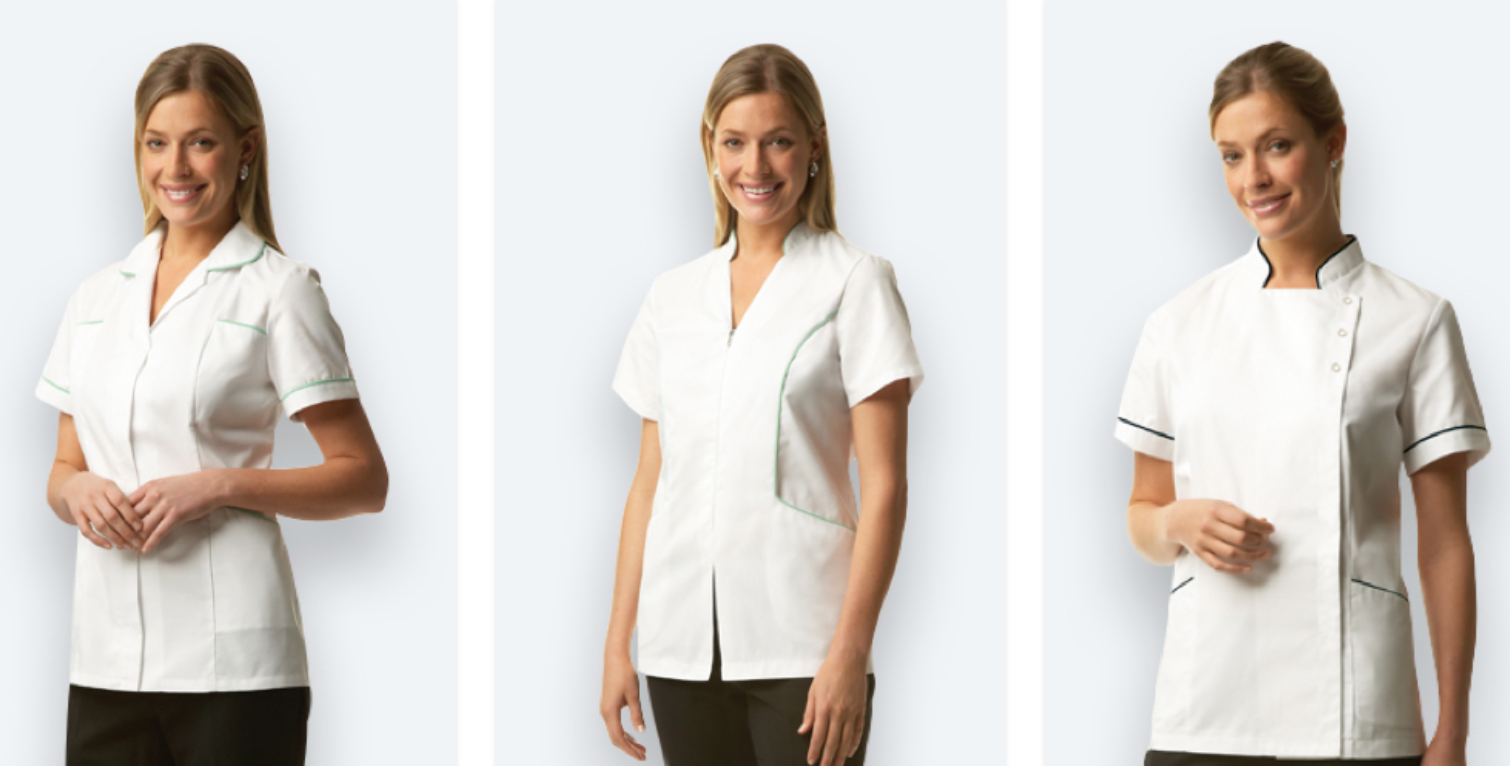Dental Uniforms: What Are The Fashion Stakes
In the world of dentistry, where precision meets aesthetics, the attire worn by dental professionals isn’t just about functionality; it’s also a reflection of their professionalism and style. Dental uniforms have evolved over the years, blending practicality with fashion sensibilities. From the pristine coats of cosmetic dentists to the vibrant attire of dental assistants, each aspect of dental fashion tells a unique story. Let’s delve into the world of dental uniforms and explore the fashion stakes therein.
When envisioning a cosmetic dentist, the image that often comes to mind is one of sophistication and precision. Their attire mirrors this perception, typically consisting of crisp, white lab coats paired with tailored trousers or skirts. The emphasis on cleanliness and professionalism is paramount, with minimalistic designs dominating their wardrobe. However, within this simplicity lies an opportunity for personal flair. Some cosmetic dentists opt for subtle accessories like statement jewelry or designer eyewear to add a touch of individuality to their ensemble. After all, confidence exudes not only from one’s expertise but also from their style.
In contrast, the style of the typical cosmetic dentist’s assistant tends to be more dynamic and versatile. These professionals are the backbone of any dental practice, multitasking between patient care and administrative duties with finesse. Their attire reflects this dynamic role, often featuring comfortable yet stylish pieces that allow for ease of movement. While the traditional scrubs still prevail in many dental offices, there’s a growing trend towards incorporating fashionable elements into these uniforms. From trendy prints and flattering silhouettes to innovative fabric technologies, dental assistants are embracing fashion without compromising on functionality.
Beyond the conventional norms, diversity plays a significant role in shaping dental fashion. In multicultural societies, dental professionals come from various backgrounds, each bringing their unique sense of style to the table. Take, for instance, the case of a Muslim nurse’s fashion can be as colourful as a Hindu. In today’s inclusive environment, cultural diversity is celebrated, leading to a melting pot of fashion influences within the dental community. From vibrant hijabs and elegant sarees to traditional attire adorned with intricate patterns, the spectrum of dental uniforms reflects the richness of cultural heritage.
Moreover, the evolution of dental uniforms isn’t limited to aesthetics alone; it also encompasses practical considerations such as hygiene and safety. With the ongoing global health crisis, the importance of protective gear has become more pronounced than ever before. Many dental professionals have integrated personal protective equipment (PPE) into their daily attire, seamlessly blending safety with style. From fashionable face masks in an array of designs to innovative shield glasses with anti-fog properties, these accessories have become essential components of modern dental uniforms.
Furthermore, eco-consciousness is shaping the future of dental fashion, with a growing emphasis on sustainability and ethical manufacturing practices. As awareness about environmental issues continues to rise, many dental professionals are seeking out eco-friendly dental uniform options made from organic or recycled materials. Additionally, initiatives promoting ethical sourcing and fair labor practices are gaining traction within the industry. By embracing sustainable fashion choices, dental professionals are not only reducing their ecological footprint but also making a positive impact on the planet.

As you can see from the above image, Dental Wear is high value dressage in a professional medico setting. Don’t these outfits look not just casual and relaxed but confident and calming? How can you feel dental anxiety when dental nurses and indeed the dentists themselves look so stylish and fashionable? It’s dental couture the industry, from dental nurses to the dentists themselves, and even stodgy and staid old orthodontists are embracing. The reality is that the business of dentistry demands a cutting edge – there are now three or four dental clinics in each suburb – dentists must stay ahead by appealing to their patients in ever-more subtle and stylish ways, from dental spas to dental aromas!
In conclusion, dental uniforms are more than just garments; more than ever they now can be statements of professionalism, individuality, and cultural diversity. From the pristine attire of cosmetic dentists to the dynamic styles of dental assistants and nurses, each aspect of dental fashion tells a unique story. As the industry continues to evolve, embracing innovation, diversity, and sustainability, the fashion stakes in dentistry are set to soar to new heights. So, whether you’re a cosmetic dentist, a dental assistant, or a nurse with a colourful fashion palette, remember that your attire speaks volumes about who you are and what you stand for in the world of dentistry.



